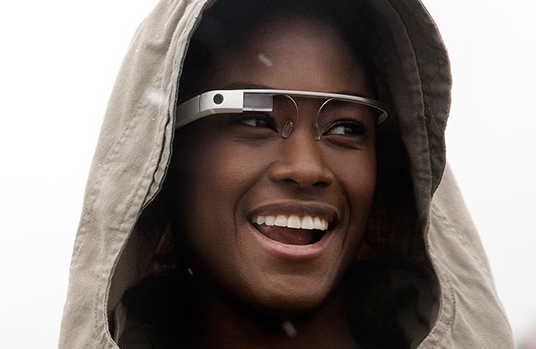Wearable Tech Gadgets Put Users Back in the Physical World
March 6, 2013
New trends in the tech gadget space are returning to a consumer more engaged with his or her surroundings. Whereas smartphones and computers require that people’s attention go toward a screen, pulling attention away from the real world, new innovations may lead to the consumer becoming once again more engaged with the physical world. Many of these new ideas involve wearable devices.
 “Instead of all-purpose, full-focus devices, these new tools are migrating outward, on and around our bodies, to our fingers and heads and wrists and ears, and even feet,” reports AllThingsD. “From there, they can be ready to help us the moment we need them, in a manner that’s less abstracted and hard to talk about without referencing science fiction.”
“Instead of all-purpose, full-focus devices, these new tools are migrating outward, on and around our bodies, to our fingers and heads and wrists and ears, and even feet,” reports AllThingsD. “From there, they can be ready to help us the moment we need them, in a manner that’s less abstracted and hard to talk about without referencing science fiction.”
While this isn’t a new idea, it is becoming more mainstream, creating a potentially interface-free digital environment. “At the TED Conference this past week in Long Beach, Calif., a number of the talks and demos showed off ways for interfaces to melt away so both inputs and outputs can adapt and be more accessible,” notes the article.
This of course brings to mind the forthcoming Google Glass project. “The exciting Project Glass aims to make people whole again (I suppose) by enabling them to take hands-free photos and videos, so they can be more in the moment, and by displaying phone notifications,” explains AllThingsD.
But beyond Google Glass, there are many ways an interface-free environment could go. For example, at TED, “marine biologist Denise Herzing, presented on her efforts to improve dolphin-to-human communication through wearable computers that decipher dolphin sounds (including the ones humans can’t hear) and translate them for the wearer.”
Another example comes from eye surgeon Anthony Vipin Das who has developed vibrating insoles designed to assist blind people navigate their surroundings by buzzing their feet with directional cues.
“In many ways, these ideas are already in the mainstream through gesture-driven gaming devices like the Wii and the Xbox Kinect — and now the ubiquitous high-quality touchscreen devices like the iPad, where we start to forget we’re sending signals to an impenetrable system and feel that we’re interacting with it directly,” concludes the article.

No Comments Yet
You can be the first to comment!
Sorry, comments for this entry are closed at this time.